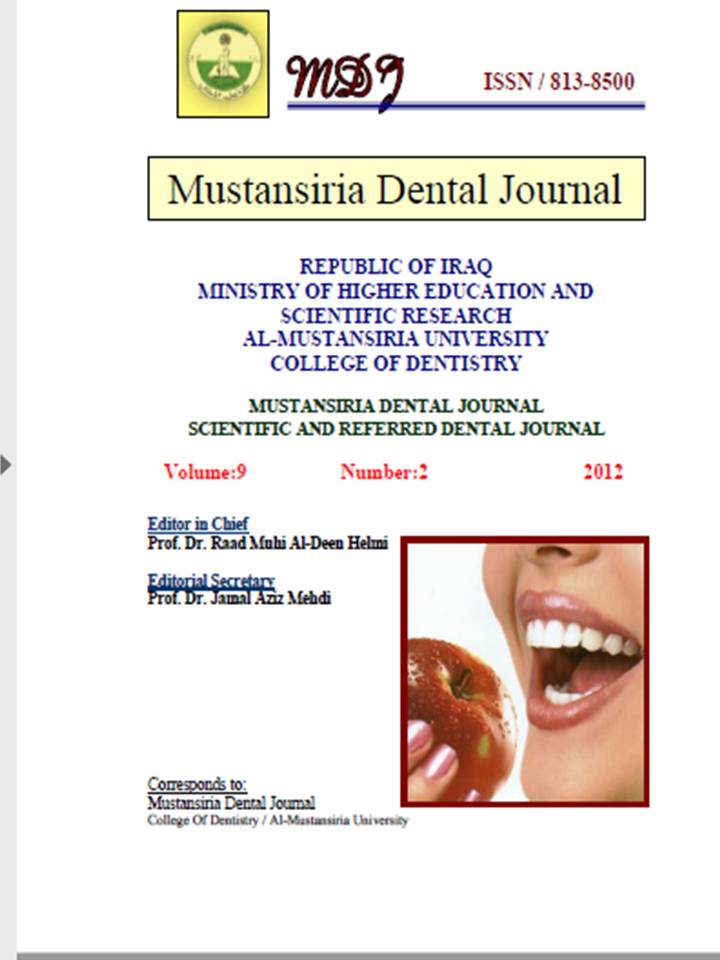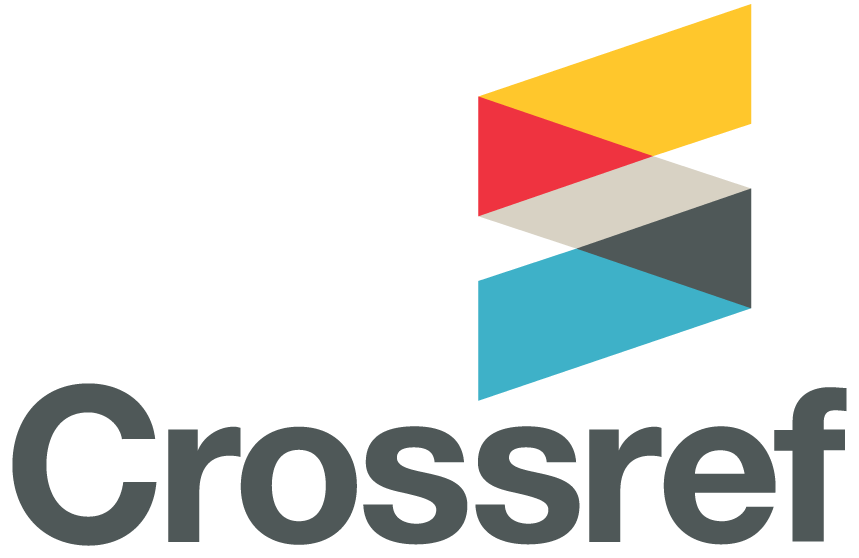The effects of canal preparation by different NiTi rotary instruments and reciprocating WaveOne file on the incidence of dentinal defects
DOI:
https://doi.org/10.32828/mdj.v9i2.255Keywords:
Keywords: Dentinal defects, NiTi instruments, root canal preparations, WaveOne file, vertical root fractureAbstract
The purpose of this study was to compare dentinal defect formation while using
hand files (HFs), two brands of nickel-titanium (NiTi) rotary files and the WaveOne
file. Eighty mandibular first molars were selected and divided into 4 groups. Hand file
(HFs), WaveOne reciprocating file (WO), EndoSequence file (ES), ProTaper file
(PT), were used to prepare the 2 mesial canals. Roots were then sectioned 3, 6, and 9
mm from the apex, and the cut surface was observed under a microscope and checked
for the presence of dentinal defects. HF group showed the lowest percentages of
dentinal defects (5%). In roots prepared with the WO, ES, and PT, dentinal defects
were observed in 25%, 10%, and 50% of teeth, respectively. There was a significant
difference between HFs group and both of WO group and PT group (P <0.05).
However, no significant difference was found between HFs group and ES group (P ≥
0.05). Also a non significant difference was found between WO group and ES group
(P ≥ 0.05). All rotary files created defects in the root dentin, whereas hand
instrumentation presented with satisfactory results.

Downloads
Published
Issue
Section
License
The Journal of Mustansiria Dental Journal is an open-access journal that all contents are free of charge. Articles of this journal are licensed under the terms of the Creative Commons Attribution International Public License CC-BY 4.0 (https://creativecommons.org/licenses/by/4.0/legalcode) that licensees are unrestrictly allowed to search, download, share, distribute, print, or link to the full texts of the articles, crawl them for indexing and reproduce any medium of the articles provided that they give the author(s) proper credits (citation). The journal allows the author(s) to retain the copyright of their published article.
Creative Commons-Attribution (BY)








